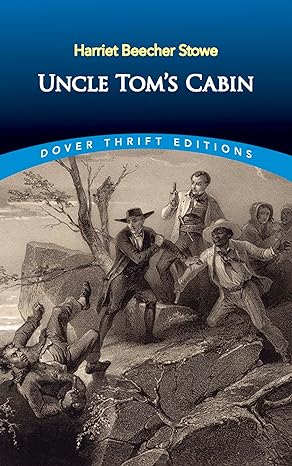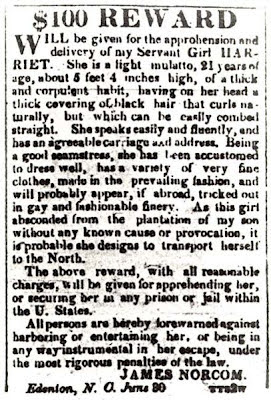Fatal Dive: Solving the World War II Mystery of the USS Grunion by Peter F. Stevens

Three stories in one: A biography, a mystery and an adventure Published in 2012 by Regnery History The USS Grunion was a top of the line submarine for the U.S. Navy in 1942. Literally, the fastest submarine in the fleet and outfitted with the latest in torpedo technology (magnet activated designed to go off near ships) and led by the highly-respected Lieutenant Commander Jim Abele, the USS Grunion was sent to the Aleutian Islands in Alaska to harass Japanese supply ships (for those who did not know, Japanese forces held parts of the Aleutian Islands for a little more than in a year from 1942 to 1943). The USS Grunion performed well, sinking two Japanese submarines and damaging a freighter despite problems with the torpedoes. What the crew of the USS Grunion did not know was that these advanced torpedoes did not work like they were supposed to. They did not track well towards their targets (although the magnetic trigger, called a magnetic pistol, was sup...













